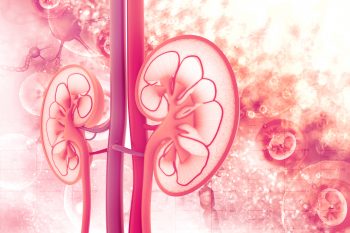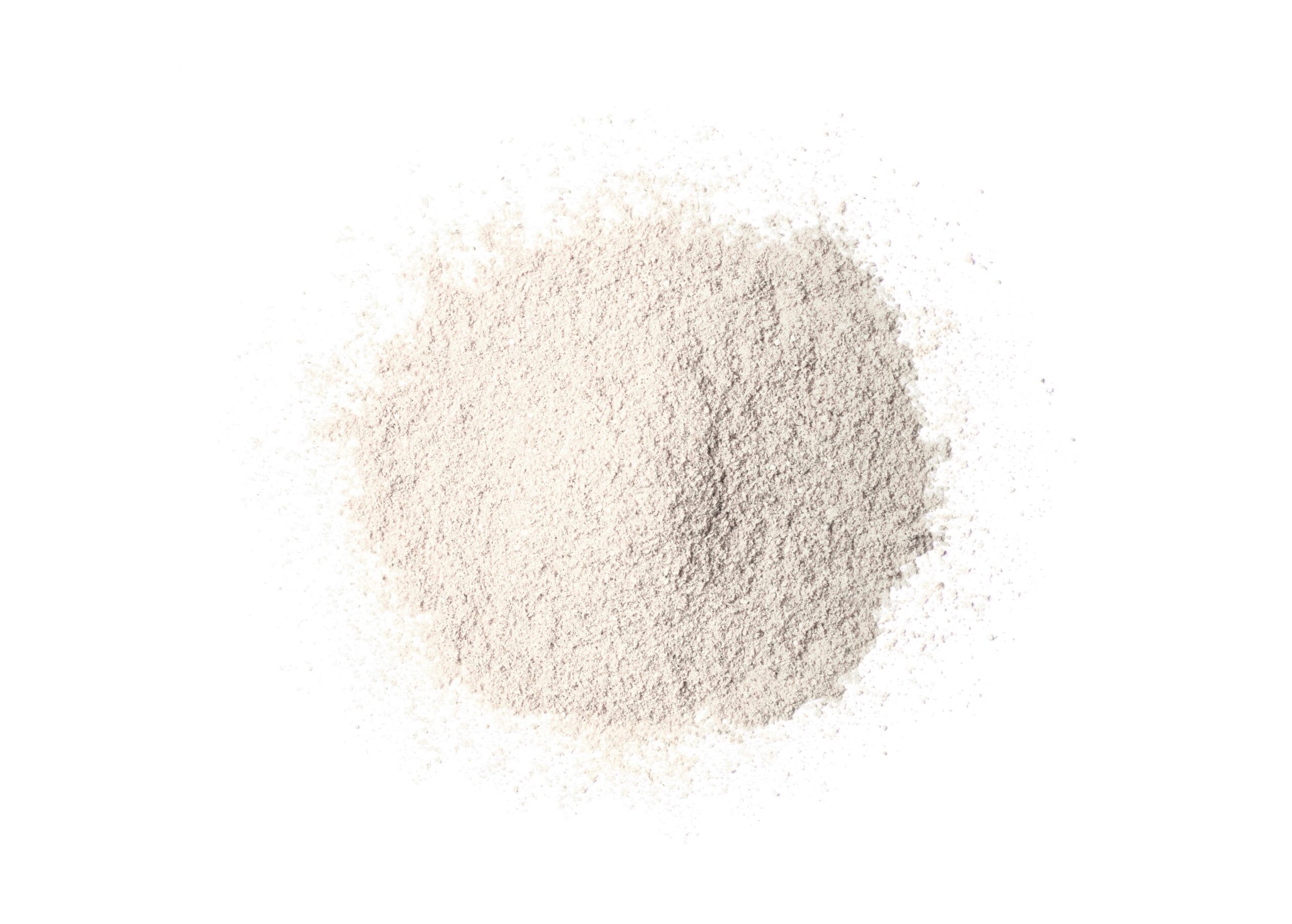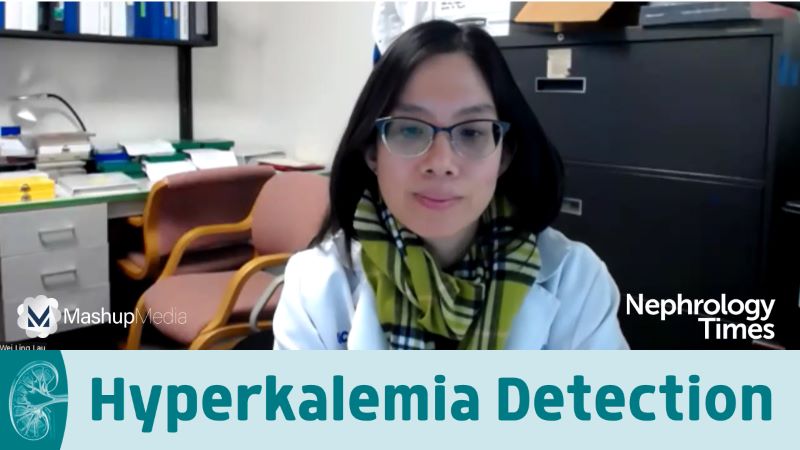
Patients with chronic kidney disease (CKD) who experience hyperkalemia are at increased risk for morbidity and mortality. Patiromer (Veltassa®) is an oral potassium binder indicated for the treatment of adults with hyperkalemia. Barbara Fischer, PhD, and colleagues conducted an analysis to examine the impact of patiromer on healthcare resources in Switzerland when used in patients with CKD and hyperkalemia being treated with an renin-angiotensin-aldosterone system inhibitor (RAASi).
The researchers built a decision tree and calculated the number needed to treat (NNT) to prevent hyperkalemia, hospitalization, and death based on published aggregated data. Results were reported in Advances in Therapy [doi:10.1007/s12325-022-02123-3].
The decision tree was populated with available data from relevant clinical trials. The data were applied to create a simple model showing the expected effectiveness of adding patiromer to the treatment of patients with medium-to-severe stage CKD on RAASi treatment compared with RAASi only. The researchers adapted the model to estimate the impact of the new treatment on the Swiss healthcare system from the perspective of a payer as well as Swiss public healthcare.
Within 8 weeks, patiromer reduced the absolute risk for recurrent hyperkalemia by 48%, resulting in an NNT of 2.1 (95% confidence interval [CI], 1.4-3.7). Using the assumption that 90%, 50%, or 10% of all moderate-to-severe hyperkalemic events lead to hospitalization, the NNT to prevent one hospitalization would be 2.5, 4.4, and 22.2, respectively.
On the basis of the death rate of patients with mild or moderate-to-severe hyperkalemia, and the prevalence of mild or moderate-to-severe hyperkalemia in the treatment and control groups, the NNT was 78.7 (95% CI, 64.0-99.3) to prevent one death. In Switzerland, patiromer resulted in expected cost offsets of CHF 303 (1 CHF = 0.95 EUR as of 2022) per patient over 8 weeks.
In conclusion, the researchers said, “Patiromer used for the treatment of CKD reduced hyperkalemia recurrence leading to improved patient care. This results in substantial offset costs for the Swiss healthcare system.”







 © 2025 Mashup Media, LLC, a Formedics Property. All Rights Reserved.
© 2025 Mashup Media, LLC, a Formedics Property. All Rights Reserved.